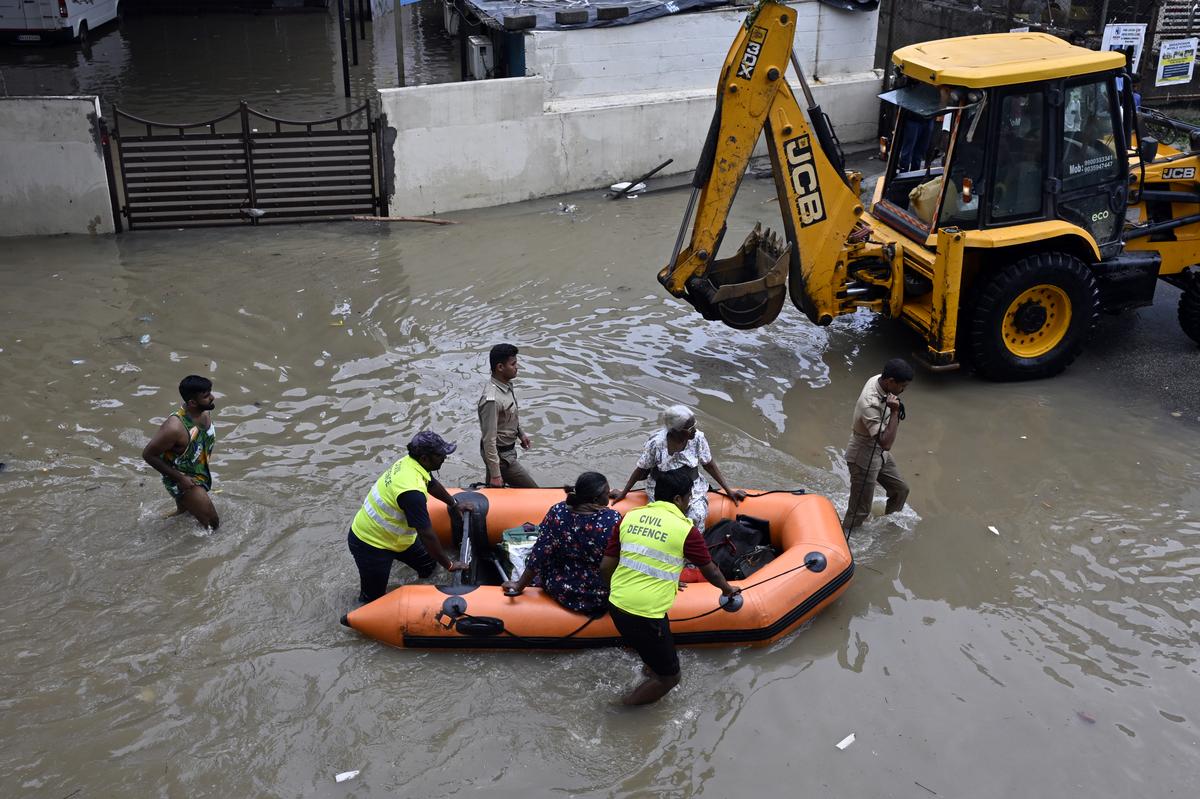India’s Climate Physical Risk (CPR)

- 21 May 2025
In News:
Amid rising climate-induced disasters—floods, heatwaves, droughts—the Union Home Minister recently called for proactive climate risk assessments. India, however, lacks a comprehensive and standardised system to assess Climate Physical Risks (CPR), exposing critical gaps in preparedness.
What is Climate Physical Risk (CPR)?
Definition: CPR refers to the potential damage from:
- Acute events: Floods, cyclones, heatwaves.
- Chronic stresses: Changing monsoon patterns, droughts.
IPCC Formula:
CPR = Hazard × Exposure × Vulnerability
- Hazard: Climate threats like floods or wildfires.
- Exposure: Presence of people/assets in risk-prone areas.
- Vulnerability: System's capacity to withstand and recover.
Why CPR Assessment Matters for India
- High Risk: Over 80% of Indians reside in districts exposed to climate disasters (World Bank).
- Systemic Threat: Affects not just the environment, but public health, agriculture, economy, and national security.
- Future-proofing Development: Long-term planning must consider CPR for sustainable infrastructure and financial stability.
Challenges in India’s CPR Management
- Fragmented Efforts: Multiple agencies (IMD, IITs, NIDM) conduct isolated studies with no integration.
- Lack of Standardised Data: No central repository for CPR metrics at the district or panchayat level.
- Modelling Limitations: Global models like RCPs and SSPs fail to capture India's hyper-local climate variations.
- Private Sector Constraints: Businesses lack tools to evaluate climate risks across supply chains.
Global Best Practices
- Mandatory Climate Disclosures: Global frameworks like ISSB S2 and EU Taxonomy require companies to report CPRs.
- Adaptation as Priority: Nations, including the Global North, are investing in adaptation infrastructure, recognizing its economic returns.
- UNEP estimates: $1 in adaptation = $4 saved in disaster recovery.
Initiatives by India
- Adaptation Communication (2023): India’s first report to the UNFCCC under Article 7 of the Paris Agreement.
- National Adaptation Plan (NAP): In progress; covers 9 thematic sectors with district-level focus.
- RBI Framework: Climate risk integrated into financial supervision and regulatory assessments.
